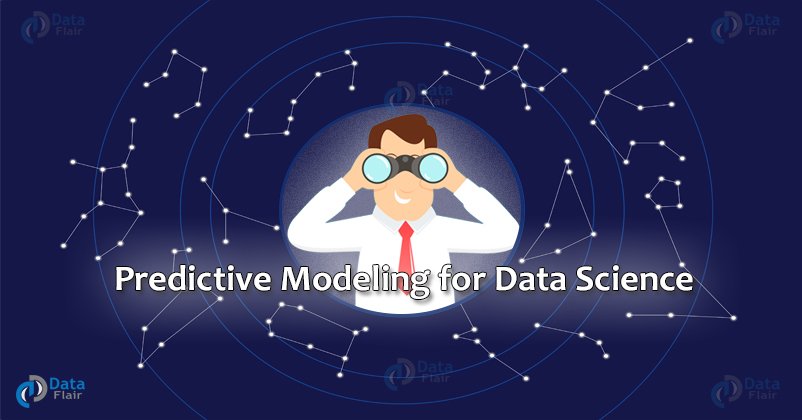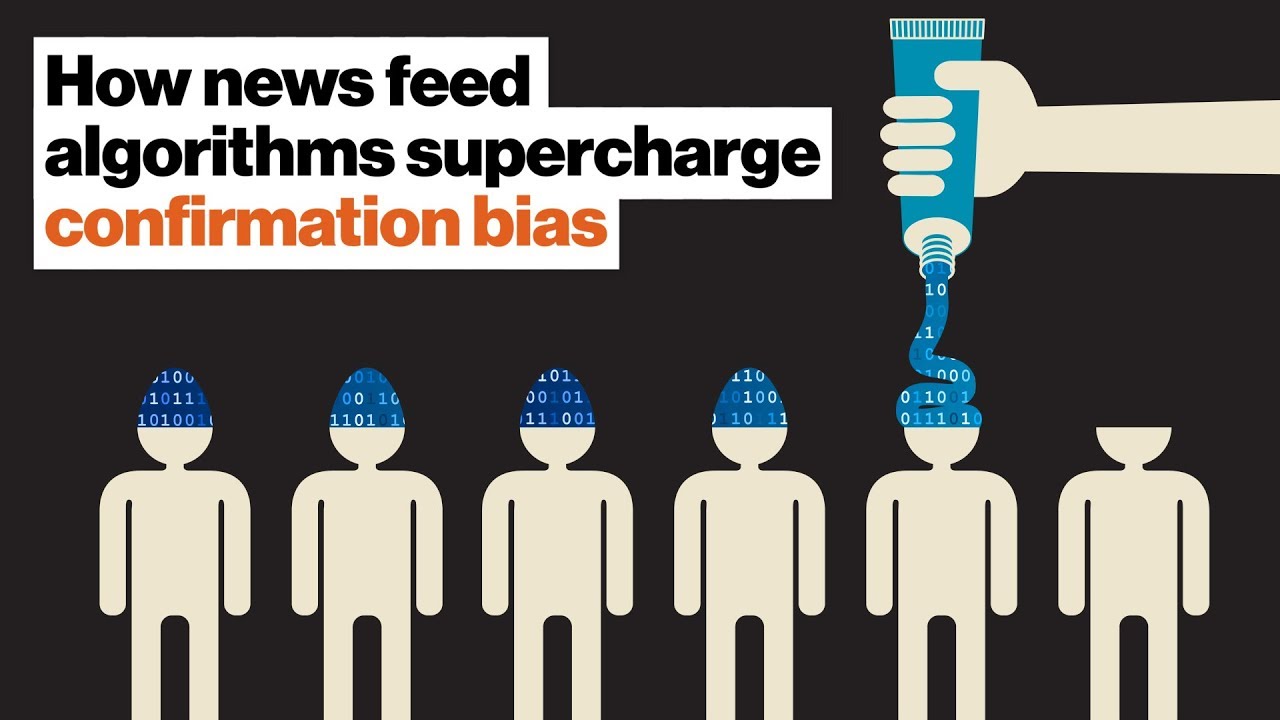
The possibility of robot sendience is possible due to a number of factors. Judgement Day's XCR-1 robotic robot has nonsymbolic pain (machine pain), and its circuitry as well as cognitive abilities suggests it may be able to communicate with humans. It is possible that a robot's sentience does not depend on the brain's neural activity.
Terminator 2 - Judgement Day's robot sentience
Sentience of robots has been controversial in movies. Some believe robots shouldn’t have sentience. Others believe they should. In the film, the robot is sentient, and has the ability to feel pain. The Terminator in Judgement Day exhibits this sentience.
This film tells the story Kyle Reese. A soldier from 2029 saves Sarah. The events of this movie follow the chronology of the first movie. However, they contain many differences. In the sequel, robots become sentient and the film focuses on the dangers of artificial intelligent.
HAL's circuitry
HAL (Hyperintelligence Computer Program) was created in January 1992. HAL was first released in 1992 in film form. The novel version came out in 1997. HAL is capable of speech recognition, facial recognition and natural language processing. It can also read lips, recognize art, and provide automated reasoning. HAL was not seen in the film but is now considered an advanced artificial intellect.

Although they depict the same events in both movies and novels, there are key differences. The novel absolves Heywood Floyd from any responsibility for HAL circuitry damage. While the film focuses on Floyd's inability to reactivate HAL following a malfunction. Floyd claims that HAL's programming with TMA-1 information was decided by the White House.
FAQ
Where did AI come from?
Artificial intelligence was created in 1950 by Alan Turing, who suggested a test for intelligent machines. He stated that a machine should be able to fool an individual into believing it is talking with another person.
John McCarthy, who later wrote an essay entitled "Can Machines Thought?" on this topic, took up the idea. John McCarthy, who wrote an essay called "Can Machines think?" in 1956. It was published in 1956.
What are the benefits to AI?
Artificial Intelligence is a revolutionary technology that could forever change the way we live. It's already revolutionizing industries from finance to healthcare. It's also predicted to have profound impact on education and government services by 2020.
AI is already being used for solving problems in healthcare, transport, energy and security. The possibilities of AI are limitless as new applications become available.
What is the secret to its uniqueness? First, it learns. Computers learn by themselves, unlike humans. Instead of being taught, they just observe patterns in the world then apply them when required.
AI's ability to learn quickly sets it apart from traditional software. Computers can quickly read millions of pages each second. Computers can instantly translate languages and recognize faces.
Artificial intelligence doesn't need to be manipulated by humans, so it can do tasks much faster than human beings. It can even outperform humans in certain situations.
A chatbot called Eugene Goostman was developed by researchers in 2017. The bot fooled many people into believing that it was Vladimir Putin.
This shows how AI can be persuasive. AI's adaptability is another advantage. It can be easily trained to perform new tasks efficiently and effectively.
This means that businesses don't have to invest huge amounts of money in expensive IT infrastructure or hire large numbers of employees.
How does AI work?
An artificial neural networks is made up many simple processors called neuron. Each neuron receives inputs and then processes them using mathematical operations.
Neurons can be arranged in layers. Each layer performs an entirely different function. The first layer receives raw data, such as sounds and images. These are then passed on to the next layer which further processes them. Finally, the last layer produces an output.
Each neuron is assigned a weighting value. When new input arrives, this value is multiplied by the input and added to the weighted sum of all previous values. The neuron will fire if the result is higher than zero. It sends a signal down to the next neuron, telling it what to do.
This cycle continues until the network ends, at which point the final results can be produced.
AI is used for what?
Artificial intelligence, a field of computer science, deals with the simulation and manipulation of intelligent behavior in practical applications like robotics, natural language processing, gaming, and so on.
AI can also be referred to by the term machine learning. This is the study of how machines learn and operate without being explicitly programmed.
AI is widely used for two reasons:
-
To make your life easier.
-
To do things better than we could ever do ourselves.
Self-driving car is an example of this. We don't need to pay someone else to drive us around anymore because we can use AI to do it instead.
What is the current state of the AI sector?
The AI industry is growing at an unprecedented rate. It's estimated that by 2020 there will be over 50 billion devices connected to the internet. This will mean that we will all have access to AI technology on our phones, tablets, and laptops.
This will also mean that businesses will need to adapt to this shift in order to stay competitive. If they don't, they risk losing customers to companies that do.
The question for you is, what kind of business model would you use to take advantage of these opportunities? What if people uploaded their data to a platform and were able to connect with other users? Perhaps you could also offer services such a voice recognition or image recognition.
No matter what you do, think about how your position could be compared to others. You won't always win, but if you play your cards right and keep innovating, you may win big time!
Statistics
- A 2021 Pew Research survey revealed that 37 percent of respondents who are more concerned than excited about AI had concerns including job loss, privacy, and AI's potential to “surpass human skills.” (builtin.com)
- That's as many of us that have been in that AI space would say, it's about 70 or 80 percent of the work. (finra.org)
- More than 70 percent of users claim they book trips on their phones, review travel tips, and research local landmarks and restaurants. (builtin.com)
- Additionally, keeping in mind the current crisis, the AI is designed in a manner where it reduces the carbon footprint by 20-40%. (analyticsinsight.net)
- While all of it is still what seems like a far way off, the future of this technology presents a Catch-22, able to solve the world's problems and likely to power all the A.I. systems on earth, but also incredibly dangerous in the wrong hands. (forbes.com)
External Links
How To
How to set up Google Home
Google Home is a digital assistant powered artificial intelligence. It uses advanced algorithms and natural language processing for answers to your questions. With Google Assistant, you can do everything from search the web to set timers to create reminders and then have those reminders sent right to your phone.
Google Home can be integrated seamlessly with Android phones. Connecting an iPhone or iPad to Google Home over WiFi will allow you to take advantage features such as Apple Pay, Siri Shortcuts, third-party applications, and other Google Home features.
Google Home is like every other Google product. It comes with many useful functions. Google Home will remember what you say and learn your routines. So when you wake up in the morning, you don't need to retell how to turn on your lights, adjust the temperature, or stream music. Instead, you can say "Hey Google" to let it know what your needs are.
These are the steps you need to follow in order to set up Google Home.
-
Turn on Google Home.
-
Hold the Action button in your Google Home.
-
The Setup Wizard appears.
-
Continue
-
Enter your email address and password.
-
Select Sign In.
-
Google Home is now available